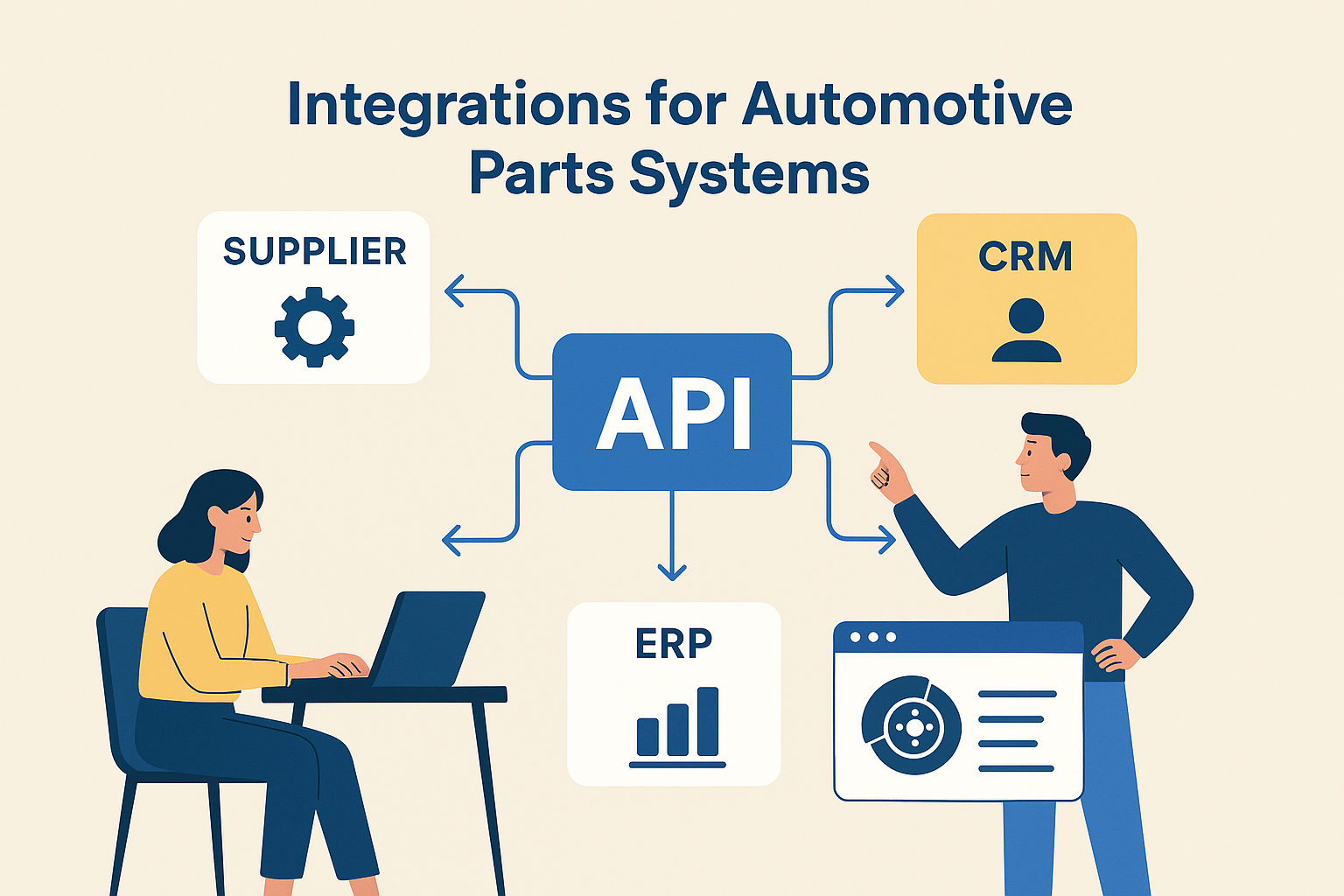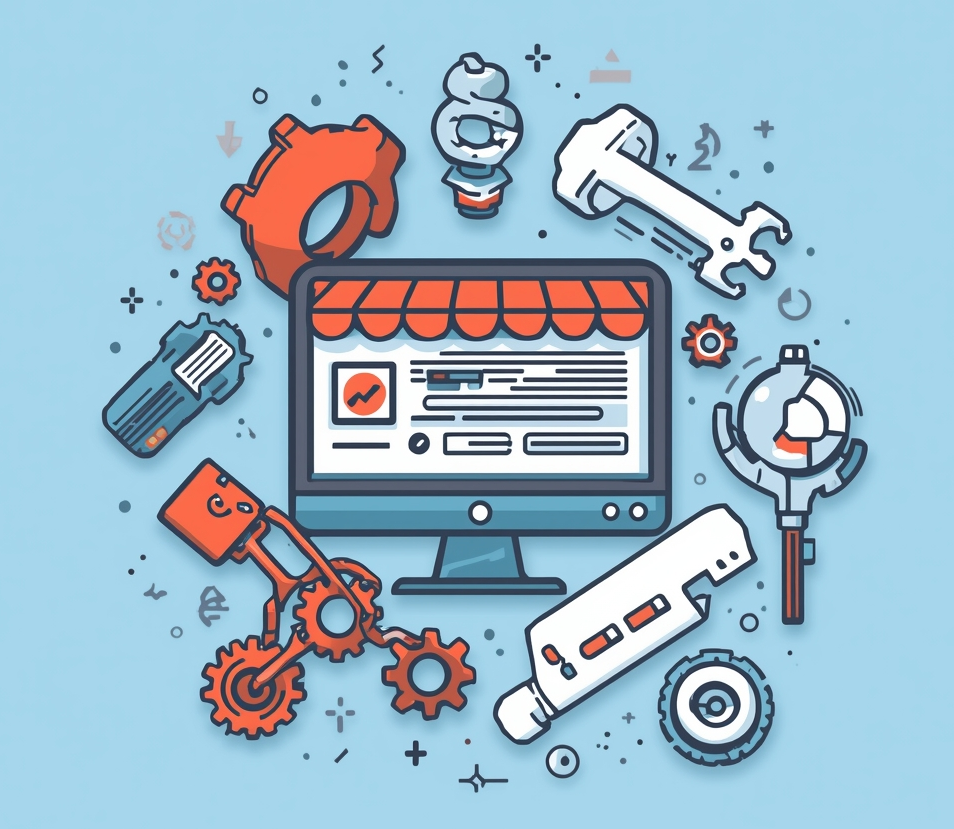How to identify and address auto parts wear and defects before they become dangerous?
Learn to recognize early signs of auto parts wear and defects: corrosion, mechanical wear, production flaws, and preventive maintenance strategies for vehicle safety.
Identifying and Eliminating Auto Parts Defects and Wear: Proactive Maintenance Guide
Just like perpetual motion machines, eternal auto parts don't exist. Wear and defects impact not only individual components but your vehicle's overall performance and safety. Early detection and timely intervention are crucial for maintaining optimal vehicle operation and preventing costly repairs or dangerous situations.
Primary Categories of Auto Parts Defects
Manufacturing Defects
Flaws originating from production or repair processes:
- Errors during original part manufacturing
- Mistakes during vehicle assembly or repair
- Quality control failures
- Material imperfections
Design Defects
Problems inherent in vehicle engineering:
- Flawed component design from conception
- Inadequate material specifications
- Poor integration with other systems
- Manufacturer recalls for design improvements
Operational Wear and Damage
Issues developing during vehicle use:
- Irresponsible maintenance practices
- Natural wear from normal operation
- Surface friction between adjacent components
- Environmental factors and driving conditions
Types of Natural Wear Mechanisms
Mechanical Wear
Physical deterioration from component interaction:
- Abrasion from direct surface contact
- Fatigue from repeated stress cycles
- Impact damage from road conditions
- Erosion from fluid or particle exposure
Corrosion-Based Wear
Chemical and electrochemical deterioration:
- Chemical Corrosion - Metal rusting from water exposure
- Electrochemical Corrosion - Atmospheric effects on underbody and metal components
- Galvanic corrosion from dissimilar metals
- Environmental factors accelerating corrosion processes
Combined Wear Mechanisms
Complex deterioration patterns:
- Corrosion-mechanical wear combinations
- Molecular-mechanical interaction damage
- Thermal-mechanical stress failures
- Multiple simultaneous wear processes
Early Detection Strategies
Regular Inspection Protocols
Systematic approaches to identify wear:
- Visual examination for corrosion and damage
- Measurement of component dimensions
- Performance testing under load
- Vibration and noise analysis
- Fluid condition monitoring
Preventive Maintenance Recommendations
Proactive Replacement Strategy
Don't wait for maximum wear limits:
- Replace components slightly before recommended intervals
- Follow manufacturer maintenance schedules
- Consider driving conditions when determining replacement timing
- Monitor component performance for early warning signs
Critical Safety Considerations
Ignoring wear can lead to dangerous consequences:
- Fuel Efficiency Loss - Worn components increase fuel consumption
- Power Reduction - Engine performance degradation
- Catastrophic Failures - Complete bearing failure leading to wheel detachment
- Accident Risks - Compromised braking, steering, or suspension systems
- Cost Escalation - Small issues becoming major repairs
Optimal Maintenance Practices
Environmental Protection
Minimize wear acceleration:
- Regular cleaning to prevent corrosion
- Protective coatings for vulnerable components
- Proper storage and parking conditions
- Seasonal maintenance preparations
Professional Assessment
When to seek expert evaluation:
- Unusual noises, vibrations, or performance changes
- Visible damage or corrosion
- Following extreme driving conditions
- Routine scheduled inspections
By implementing regular inspection routines and addressing wear issues proactively, vehicle owners can maintain optimal performance, ensure safety, and avoid costly emergency repairs. Remember that early intervention not only protects your investment but more importantly, safeguards you and other road users from potentially dangerous situations caused by component failures.








